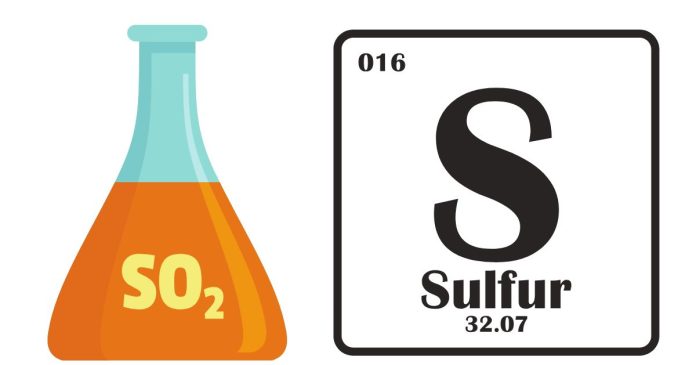Understanding the Sulfur Dioxide (SO₂) Dot Structure: A Brief Guide
Sulfur dioxide (SO₂) is a common compound found in the atmosphere, often produced by the burning of fossil fuels. Its molecular structure is crucial in understanding its properties and behavior. One way to represent the structure of SO₂ is through its Lewis dot structure, which shows how atoms are bonded and how electrons are shared.
In SO₂, the central atom is sulfur (S), surrounded by two oxygen (O) atoms. Each oxygen atom shares two electrons with sulfur, forming double bonds. This structure uses a total of 18 valence electrons, with the oxygen atoms each having two lone pairs of electrons, while sulfur holds one lone pair.
The result is a bent molecular shape, a direct consequence of the lone pairs of electrons on the oxygen atoms. The bending of the molecule leads to a polar nature, meaning SO₂ has a slightly positive charge on sulfur and a slightly negative charge on oxygen, which affects its reactivity and behavior in chemical reactions.
Understanding the Lewis dot structure of SO₂ not only helps us visualize the bonding within the molecule but also provides insights into its polar character and how it interacts with other compounds, making it an essential concept in chemistry.


